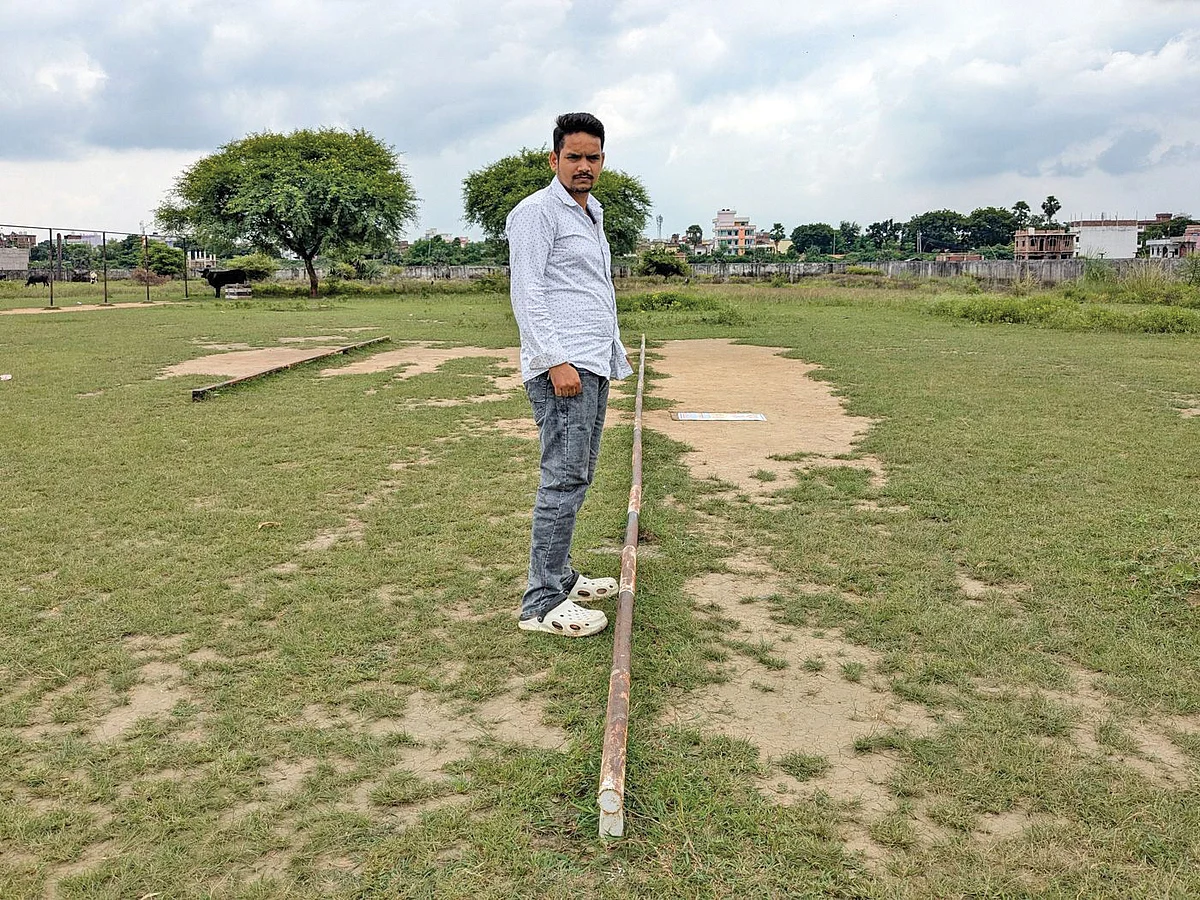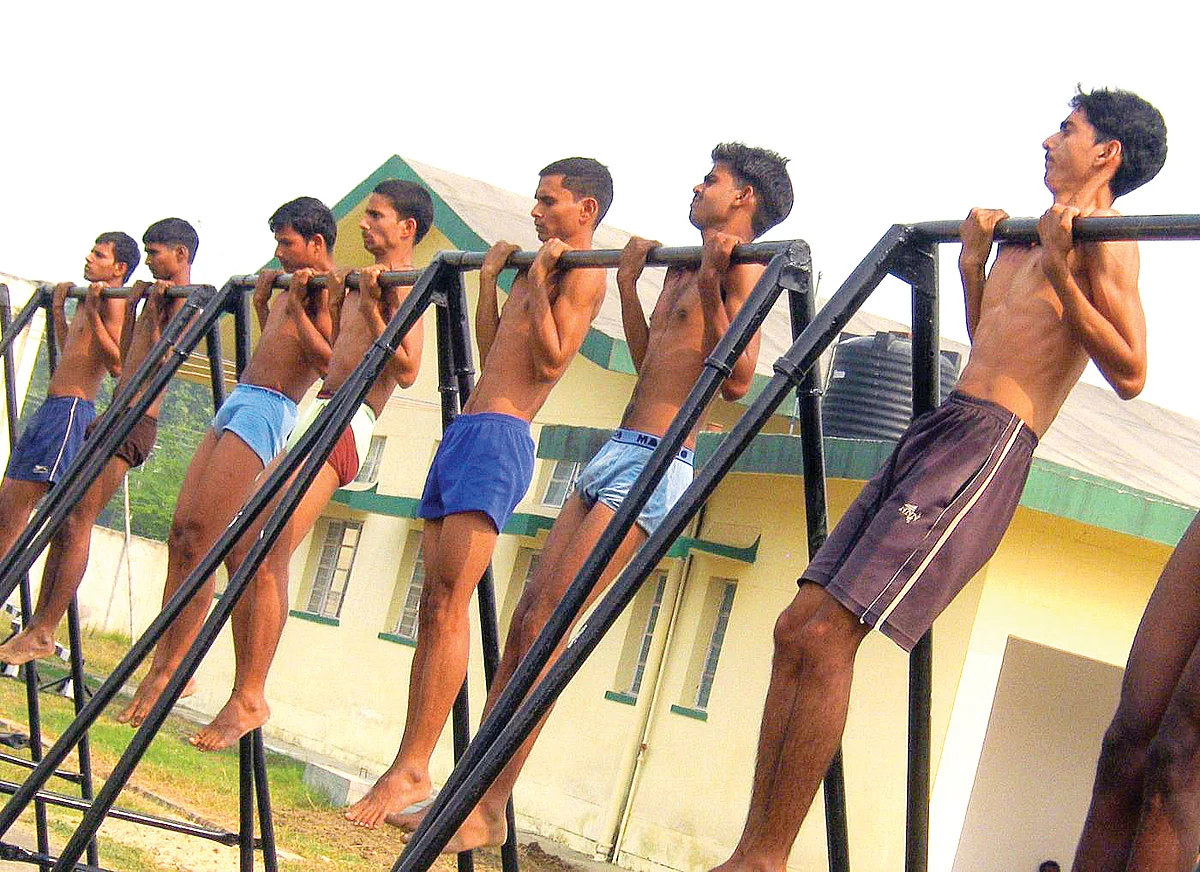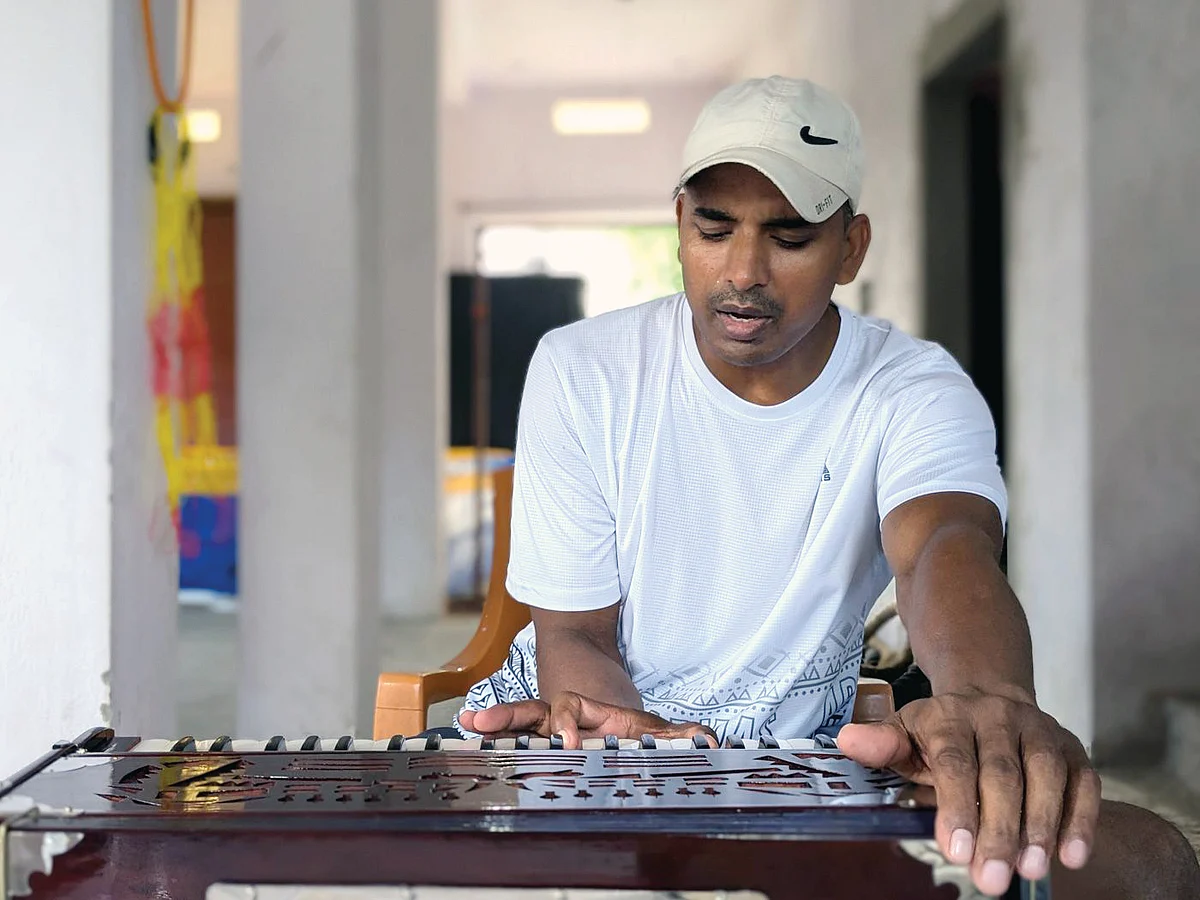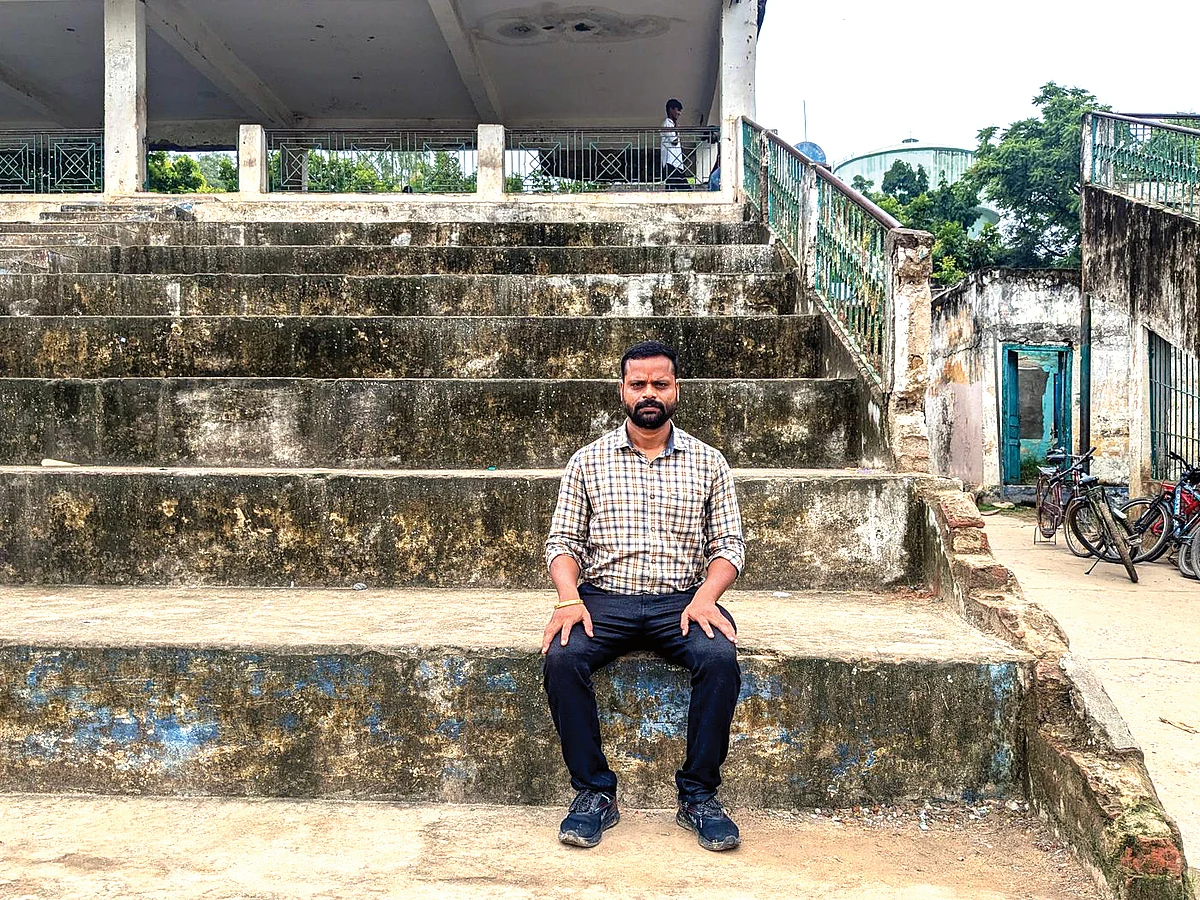Agniveers in Bihar: ‘I can’t retire at age 26’
Has Agnipath killed the spark in Bihar’s youth who once aspired to join the Indian Army?

Vikas Kumar had to stop physical fitness training for recruitment in the Indian Army due to the Covid-19 pandemic. At the start of 2022, he resumed his daily regimen, which included running 4–5 laps on the 400-metre track at the airport ground in Arrah to reach a distance of 1.6 kilometres.
“I would complete that distance in around 5 minutes and 20 seconds to 5 minutes and 25 seconds,” he says. Vikas was ready to ace the recruitment physical test.
But June 2022 saw him defeated by a development that for many youngsters proved more lethal than Covid. This was not a pandemic-level disease, but a policy-driven ailment.
“First, the pandemic persisted for two years and I had to stay at home, so physical practice stopped. Then when it ended, the government announced the Agnipath Scheme,” he says.
On 14 June 2022, the Union cabinet approved the Agnipath, an ‘attractive’ recruitment scheme. Under this, youths would be recruited in the army for just four years instead of the regular cadre, whose minimum service is for 15 years. They would be called Agniveers, which translates literally as ‘fire-warriors’.
Vikas is baffled by the idea of just four years of employment. “I can’t retire at age 26,” he says.
The Union government tom-tommed the scheme as one that would “usher in a new era in the Human Resource policy of the three Services.” What it actually did was to jeopardise the careers of lakhs of youth hoping to join the Indian Army.
Vikas grew up seeing his father and grandfather wearing army uniforms and dreamt of becoming, like them, a soldier.

“Fauj mein jana mere bachpan ka sapna thha. Hum doosre kisi job ke baare mein sochte hi nahi thhe (Joining the Indian Army was my childhood dream. I had never thought of doing any other job),” Vikas says, as he looks at the now deserted airport ground in Arrah city where he used to prepare for physical fitness tests.
Arrah, in Bhojpur district of Bihar, has been a major army recruitment centre from long before he was born. His own village, Ratan Dularpur, falls within the Arrah block.
He recalls the days when he would do rigorous physical training, riding nine kilometres on his motorbike from his village to the airport ground.
But Agnipath killed his enthusiasm. He stopped going for physical training. “My six months of fitness training went in vain. I felt cheated,” he says.
Earlier, aspirants had to first participate in physical fitness tests. Those who cleared the fitness test had to appear in a written exam.

With the Agnipath Scheme, the process changed.
Now, aspirants have to first appear for a computer-based online written exam first, and those who qualify in that participate in physical fitness tests.
Ramna Maidan, Veer Kunwar Singh Stadium grounds, the grounds at the airport, Jain College grounds and other landmark open grounds of Arrah city used to be packed with hundreds of youths sweating for at least two to three hours under their trainers’ watchful eyes — before Agnipath.
After the scheme came up, the youth have turned their eyes away from the army.
However, despite this, at one point Vikas decided to join as an Agniveer under the ‘relationship quota’ — but his family members wouldn’t hear of it.
Relationship quota is for those youth whose relatives are in the Indian Army or were martyred while serving in it. For jobs in the army under this quota, one has to get a ‘relationship certificate’ issued from the relevant army records office, duly signed by the concerned records officer.
“When I asked my brother to get me a relationship certificate, he told me that there was no value to being an Agniveer and so I should not join,” he says. He is now focusing on entering the Bihar Police, Border Security Force (BSF) or some other government job.
This disenchantment among the youth has had a cascading negative effect on physical training institutes as well. Till 2020, average annual recruitment to the armed forces stood at around 61,000. Under Agnipath, this would fall to around 46,000 youngsters.
Running into that reality crushed Vikas Kumar’s dreams. “Main itna sadme mein thha ki do-teen mahine tak ground mein jana chhod diya thha (I was so shocked, I stopped going to the ground for 2–3 months),” he says.
The pay package
In the first year of joining, an Agniveer gets Rs 30,000 a month which can go up to Rs 40,000 in the fourth year. Of this amount, 30 per cent is deducted every month towards the Agniveer Corpus Fund. The government also contributes an equal amount to it.
At exit after four years, an Agniveer is entitled to a tax-exempt amount of Rs 11.71 lakh as Seva Nidhi from the corpus fund. Note that 50 per cent of that Seva Nidhi ‘package’ comes from the Agniveer’s own salary. And a bit of it from the interest on his contribution.
The way it works is that an Agniveer gets Rs 21,000 in hand every month in the first year. That rises to Rs 23,100 every month in the second year; to Rs 25,500 in the third year; then it peaks at Rs 28,000 in the fourth and final year.
Agniveers are provided a life insurance cover of Rs 48 lakh for the duration of their engagement period in the armed forces.
A regular soldier gets gratuity for 15 days a year for every year of service, and is provided an insurance cover of Rs 50 lakh.
A regular soldier also gets a pension. Agniveers are not entitled to either gratuity or pension.
A regular Indian Army soldier gets a salary of Rs 25,000 on joining at the level of sepoy. That can go up to Rs 50,000 if he makes it to subedar rank.
In addition, there are several monthly add-ons like dearness allowance, transport allowance, yearly allowances for uniforms, particular field area postings and so on.
Indian military personnel also get free medical facilities, lifetime pension after retirement and access to discounted purchase of goods at the canteen stores during service and after retirement. Agniveers get none of these allowances, free services and benefits.
And their families are not entitled to compensation should the Agniveer die in action.
So, what does the future hold?
“The future is over. The Agnipath Scheme has ended my career,” says six-foot tall physical fitness trainer Jadu Yadav.
We are speaking to him at his newly constructed house on the outskirts of Arrah city. The house, he says, “was built to make it a lodge for army aspirants from remote villages so that they could stay here”.
In 2021, Jadu decided to make a career as a physical fitness trainer and, with much enthusiasm, bought battle ropes, speed huddles, box jumps, mattresses and other exercise gear from Meerut in Uttar Pradesh, a hub of gym equipment manufacture.
He spent Rs 5 lakh doing that. But these now lie scattered and unattended on the ground floor of his house.
Now, whenever he sees the equipment, he feels sorry. “I took a loan of Rs 4 lakh at 4 per cent monthly interest (i.e. an annual rate of 48 per cent) from a local lender. To which I added a lakh from my savings,” the 30-yearold trainer says.
Jadu is now trying his luck in the Bhojpuri music industry. “Bhojpuri singers are making good money from YouTube by releasing songs online,” he says, “I think I can also make it if I do it regularly… it is not possible any longer to make a career in physical training due to the Agnipath Yojana.”

Meanwhile, 38-year-old Mohan Singh, another physical fitness trainer in Arrah, is now focusing on sports.
“I started giving physical training courses five years ago, and had 300 youngsters at the time, but now I have stopped it,” he says. “After the introduction of Agnipath, there is not a single youth preparing for the army. They have become disheartened. The physical fitness training business has shut down.”
Many lower middle-class families in Bihar are dependent on government jobs, especially in the armed forces. Children start preparing for the army, for instance, after the Class 10 examination, hoping that if they get a job in the army, the future of the next several generations of their families would be stabilised.
“But the families of those who are getting jobs under Agnipath are not happy because they know that they will lose the job after four years. And after that they will not have enough stamina to prepare for another government job again,” he says.

The coming of Agnipath in 2022 saw even those who had made it past Phase 1 of selection in the last year of general recruitment take a blow.
Many had cleared the daunting physical tests in 2021. Only the written exam remained. The Union government cancelled their selection and said that those who had already cleared the tests would also have to go through the process afresh under the new scheme.
Mohan Singh says he believes that “due to this decision, many youngsters committed suicide because they had taken loans and sold land to pay fraudulent brokers and middlemen who promised to get them the required medical and other certification. Also, many had crossed the age limit in that last successful attempt to enter the army.”
Bitterness over the exclusion of successful candidates saw that decision challenged in the courts. But the Delhi High Court upheld the validity of the scheme. And the Supreme Court refused to entertain petitions challenging the Delhi High Court’s order.
Courtesy: The People's Archive of Rural India. Reproduced with permission and first published here.
Also Read: The Agnipath step-soldiers
Follow us on: Facebook, Twitter, Google News, Instagram
Join our official telegram channel (@nationalherald) and stay updated with the latest headlines
